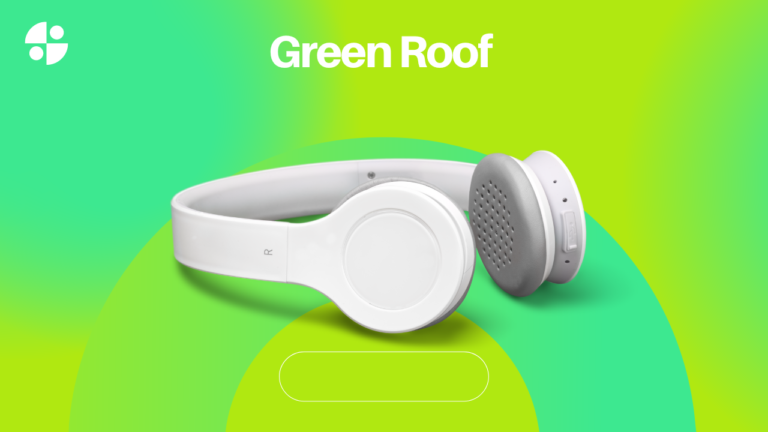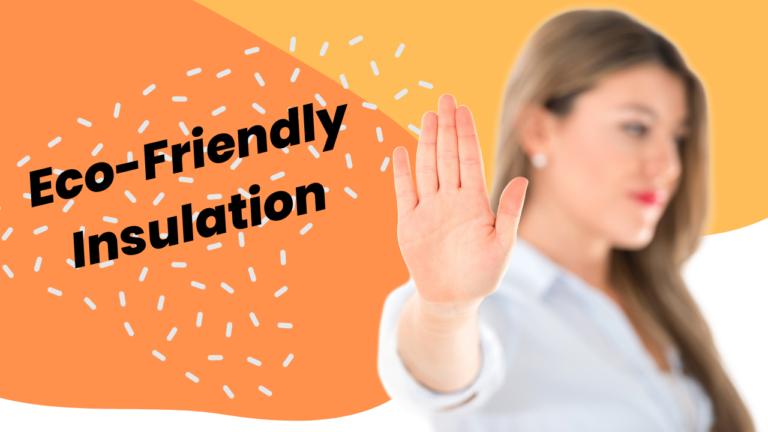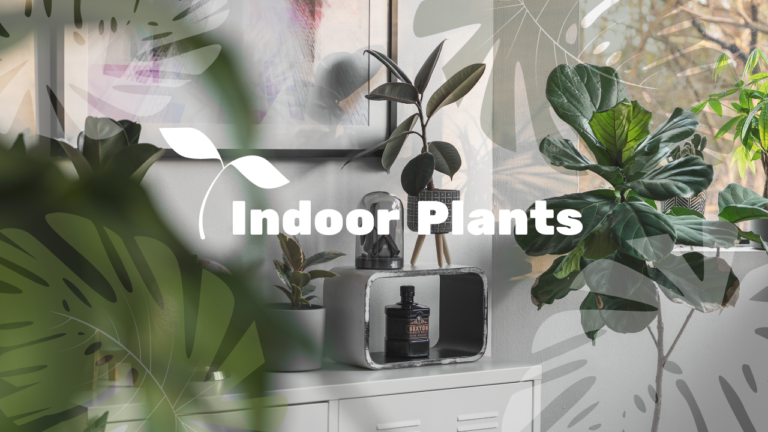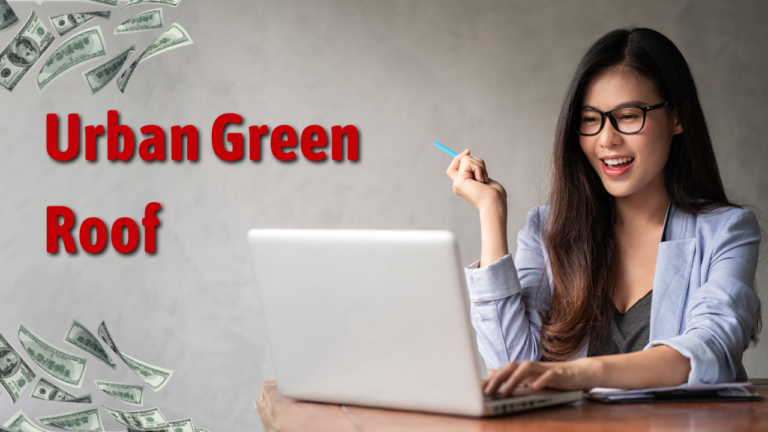How to Install a Green Roof on a Residential Property: A Comprehensive Guide
Installing a green roof on a residential property can transform your home into a sustainable oasis, offering both environmental benefits and aesthetic appeal. Understanding how to install a green roof on a residential property involves careful planning and execution. This guide will walk you through the essential steps, considerations, and benefits of creating a green roof for your home.
Why Consider a Green Roof for Your Home?
Green roofs, also known as living roofs, are covered with vegetation and are designed to provide various advantages, including improved insulation, reduced energy costs, and enhanced outdoor living space. For residential properties, a green roof can also contribute to stormwater management and provide a unique and attractive feature to your home.
How to Install a Green Roof on a Residential Property
1. Assessing Feasibility and Planning
The first step in how to install a green roof on a residential property is to assess whether your home is suitable for a green roof. Key factors include the structural capacity of your roof, local climate conditions, and access for installation and maintenance.
- Structural Assessment: Consult with a structural engineer to ensure your roof can support the additional weight of a green roof. This includes the weight of the soil, plants, and water.
- Climate Considerations: Choose plants that are suitable for your local climate. Consider factors such as sunlight, temperature, and rainfall when selecting plant species.
- Access and Maintenance: Ensure that you have easy access for installation and ongoing maintenance. Green roofs require regular care to ensure the health of the plants and the functionality of the system.
2. Designing Your Green Roof
Designing your green roof involves selecting the right type of green roof system and planning the layout. There are two main types of green roofs: extensive and intensive.
- Extensive Green Roofs: These roofs have a shallow growing medium (typically 2-6 inches) and are planted with low-maintenance, drought-tolerant plants. They are suitable for residential properties where minimal weight and maintenance are desired.
- Intensive Green Roofs: These roofs have a deeper growing medium (6 inches or more) and can support a wider variety of plants, including shrubs and small trees. They offer more flexibility in design but require more maintenance and structural support.
3. Installing the Green Roof System
The installation process for a green roof involves several key steps:
- Preparing the Roof Surface: Clean and repair the existing roof surface to ensure it is free of debris and in good condition. Apply a waterproof membrane to protect the underlying structure from water damage.
- Adding the Drainage Layer: Install a drainage layer to prevent waterlogging and ensure proper water flow. This layer typically consists of perforated mats or gravel.
- Adding the Growing Medium: Spread the growing medium over the drainage layer. The depth of the growing medium depends on the type of green roof you are installing.
- Planting Vegetation: Choose plants that are suitable for the growing medium and climate. Planting can be done either by using pre-grown modules or by sowing seeds directly into the growing medium.
4. Implementing Irrigation and Maintenance
Proper irrigation and maintenance are crucial for the success of your green roof.
- Irrigation: Install an irrigation system if necessary to provide consistent moisture to the plants, especially during dry periods. Drip irrigation systems are often used for efficiency.
- Maintenance: Regular maintenance includes monitoring plant health, weeding, and checking for any issues with the drainage system. Ensure that any fallen debris is removed to prevent damage to the plants and roof system.
Benefits of Installing a Green Roof
1. Improved Insulation and Energy Efficiency
Green roofs provide additional insulation, reducing heat loss in the winter and keeping your home cooler in the summer. This leads to lower heating and cooling costs and improved energy efficiency.
2. Enhanced Aesthetic Appeal
A green roof adds a unique and attractive feature to your home. It creates a beautiful outdoor space and can increase the overall value of your property.
3. Stormwater Management
Green roofs help manage stormwater by absorbing rainwater and reducing runoff. This can alleviate pressure on local drainage systems and decrease the risk of flooding.
4. Environmental Benefits
Green roofs contribute to improved air quality, reduced urban heat island effect, and increased biodiversity. They provide habitat for various species and help mitigate the impacts of urbanization.
Final Thoughts
How to install a green roof on a residential property involves careful planning, design, and execution. By assessing feasibility, designing the right system, and following proper installation and maintenance procedures, you can create a beautiful and functional green roof that enhances your home’s sustainability and livability. Embracing this innovative approach to roofing not only benefits the environment but also adds value and charm to your residential property.
FAQs
1. What types of plants are suitable for residential green roofs?
- Suitable plants include sedums, grasses, and succulents for extensive green roofs. For intensive green roofs, consider adding herbs, small shrubs, and even small trees.
2. How much weight can my roof support for a green roof installation?
- The weight capacity depends on the structural integrity of your roof. A structural engineer can assess your roof and determine its load-bearing capacity.
3. How often does a green roof need maintenance?
- Green roofs require regular maintenance, including plant care, weeding, and checking the irrigation system. The frequency of maintenance depends on the type of green roof and local conditions.
4. Can I install a green roof myself, or should I hire professionals?
- While DIY installation is possible, it is often recommended to hire professionals who have experience with green roofs. They can ensure proper installation and address any challenges.
5. What are the cost considerations for installing a green roof?
- Costs include materials, installation, and ongoing maintenance. While the initial investment can be significant, the long-term benefits and potential savings on energy costs can provide a positive return on investment.





